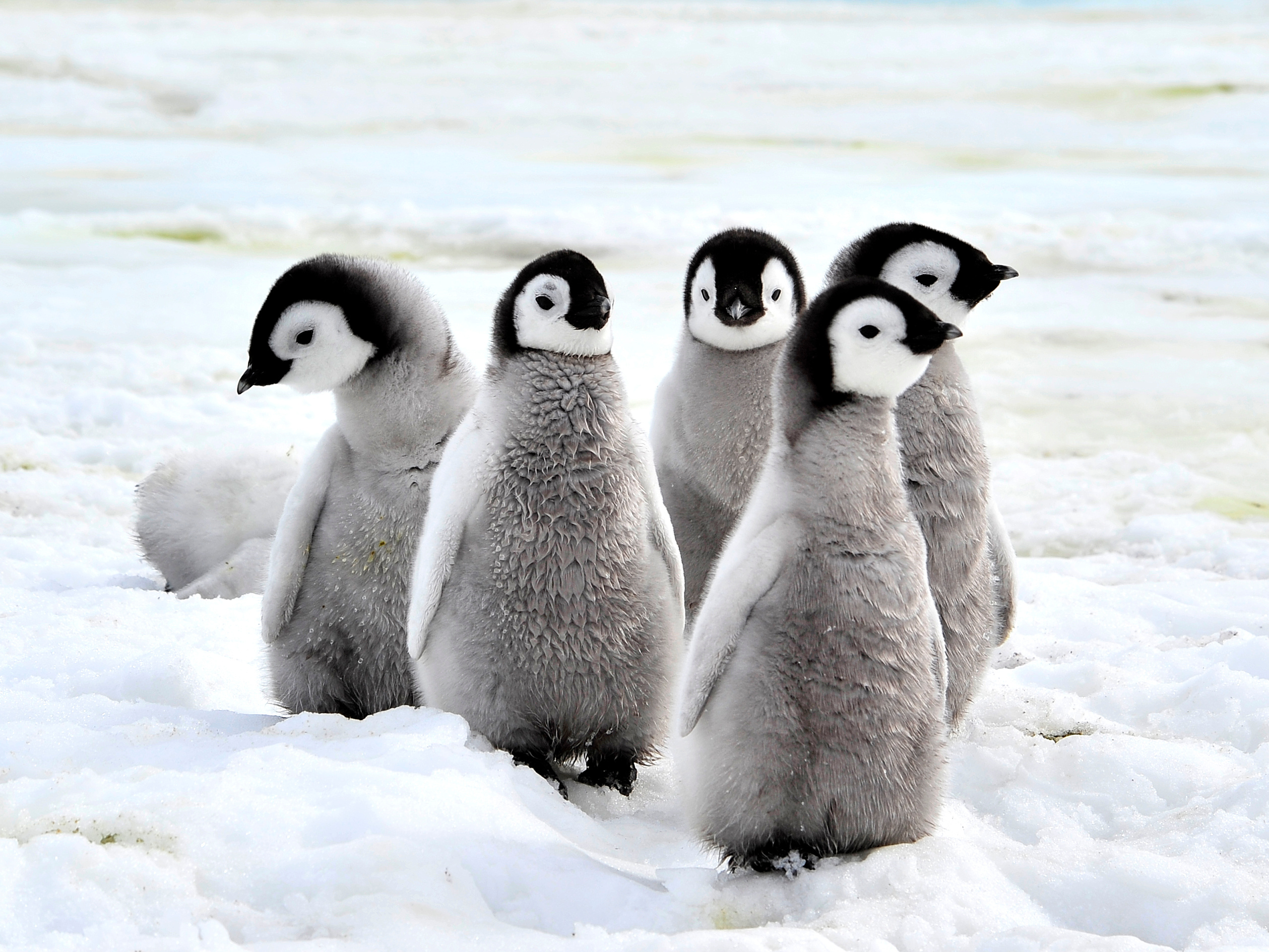
Fun Facts about your Favorite Winter Wonderland Animals
Fun facts about your favorite winter wonderland animals
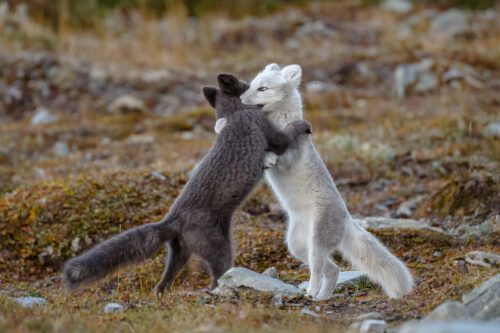
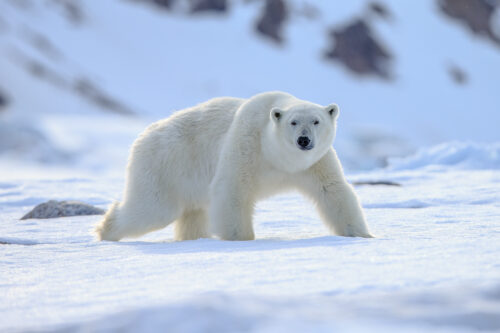
Polar Bear
There are over 19 subspecies of polar bear roaming the earth. These snow animals can swim for days at a time without getting tired while they look for their next meal. In fact, they may be chasing far off prey; their sense of smell is so strong, they can detect prey from over 19 miles away! Those are pretty good sniffers they’ve got.
Penguin
These polar animals are known to travel great distances to have their babies, building what are called “nesting colonies” where the birds lay their eggs and sit on them to keep them warm until they hatch. They often return to the same nesting colony year after year, travelling in herds to reach their preferred area.
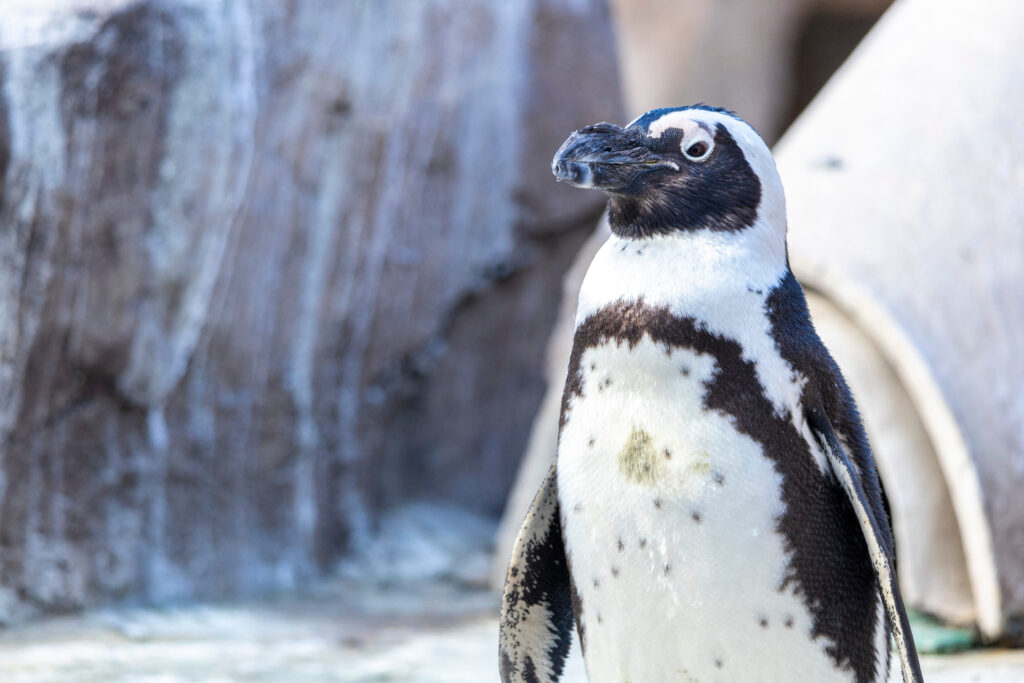
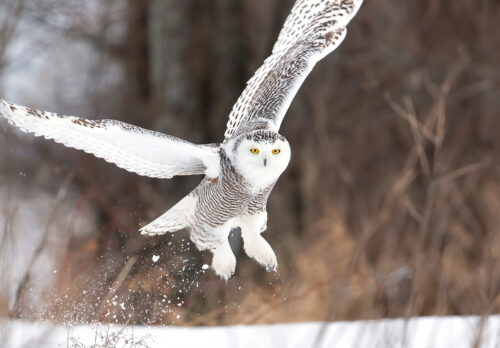
Snowy Owl
Arctic Fox
Their ability to adapt to the winter is part of why they don’t need to hibernate. They can burrow deep in the snow to find their food or build a little den to wait out a particularly cold week. Arctic foxes like to eat small rodents like lemmings and rats, but they also eat insects and winter plants.
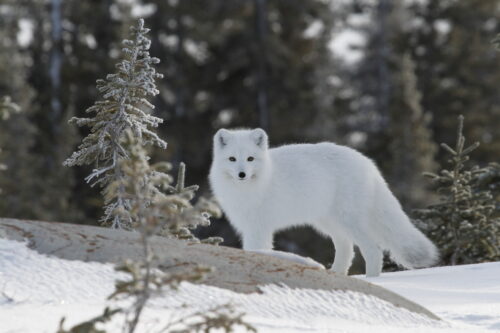

Harp Seal
These blubbery beasts can grow up to 6 feet long and be over 300 pounds. You may be used to seeing these sleek hunters in their fuzzy furs, but their coats are always the latest fashion; they lose their pelts and grow new ones every spring. In fact, only babies have the soft white fur you might be familiar with. They’re born with white fluffy fur to help them absorb sunlight and stay warm while they’re still developing their blubber. At 3 or 4 weeks old, the babies lose their fuzzy exterior and develop the grey and black coloring of older harp seals.
So tell us: what is your favorite winter animal? What are you hoping to see out your window this season? We want to know! Make sure to tag us on Instagram and TikTok @TerrabyBattat and let us know your favorite snowy beasts! From our Terra family to yours, we wish you a safe, happy, and healthy winter season.